Africa has a diverse and huge number of bird species and the most colorful African birds. While many are beautiful to see and study, some species stand out more than the rest.
They usually say, “beauty lies in the eyes of the beholder,” which rings true to some who view a species like the Shoebill bird as beautiful, but to many people, it’s simply ugly yet magnificent.
But there are birds whose plumage, stature, and color combinations will simply take your breath away, and although the list might be long, I’ll try and list the 9 fairest among them.
Updated 01/12/23
But First, What Makes (African) Birds So Colourful?
It’s good to know why and how birds are so colorful because color is extremely important to birds.
They have essentially evolved a whole number of ways of getting their colours, and can even see light in the ultraviolet range which is beyond humans.
The colours come from either pigment, the structure of the feather, or a combination of both.

A. Pigments
These are essentially coloured substances that are found in both animals and plants, and which give them their colour. There are three types of pigments.
1. Melanins
Melanin is one of the most important pigments to birds just as it is to humans. Other than coloration, it gives the hardest-working feathers strength and durability, making them more resistant to wear and tear.
In birds that are white, you’ll find that they have black wing tips or black feathers in the wings since these are the feathers that are most susceptible to wear and tear.
The tiny granules of melanin also occur on the skin as well as the feathers and produce a range of colours from dark black, red, pale yellow to brown.
Melanin is synthesized in special cells called, “melanocytes” within the bird’s bodies.
2. Carotenoids
These pigment particles are responsible for yellows, oranges and reds, and birds get them by ingesting plants or eating something that has ingested that plant, or from certain bacteria, algae, and fungi.
They also interact with melanin to produce special combinations such as olive green.
A great example of the carotenoid pigment in birds is the pink of flamingos.

Newly hatched flamingos are grey in colour and will have to gain the pink from their diet of algae, and sometimes from crustaceans and shrimp.
3. Porphyrins.
This third group of pigments can be quite rare and will be found in a handful of birds.
Not much is known about them, but they are formed from modifying amino acids, and they fluoresce different bright colours under ultraviolet light.
They produce brilliant greens, reds, browns, and pinks, and can be found in turacos, some pigeons, and owls.
B. Structural Colours
The keratin found in human hairs is also an important building block of bird feathers and its structure allows light passing through to twist and turn into a rainbow of iridescent colours.
The keratin in the feathers allows the feathers to act like a prism, scattering longer wavelength colours and reflecting the shorter wavelength colours.

This property results in colours such as violets, pinks, purples, blues and greens, which are usually iridescent( these are colours that are bright and seem to change and shimmer when viewed from different angles).
There are also other structural colours that come from there being a spongy air pocket layer in the feathers.
These air pockets, scatter all but one colour which is the only one visible and it is not iridescent. A good example is the blue colour of Blue Jays, Indigo Buntings, and Bluebirds.
Are you thinking about buying binoculars to have a good look at all the magnificent birds of Africa?
A Little List Of The 9 Most Colorful African Birds
Now that we all have an understanding of how birds get their colours, now let’s meet some of Africa’s most dazzling bird species.
1. Lilac Breasted roller
The Lilac Breasted Roller is a very colourful bird, with individual birds having colour combinations that can reach 8 in number, and is considered by some to be the most colourful bird on the continent of Africa.
These birds have big heads relative to their body size, and the mantle or crown is olive green, the beak black, and the area surrounding the beak base and above the eyes has a yellow or white band.
The breast is lilac which gives the Roller its title, while the lower abdomen and wing undersides are turquoise, with the wings having dark edges.
The upper part of the wing is red-brown, while the tail which is forked is turquoise with black streamers.
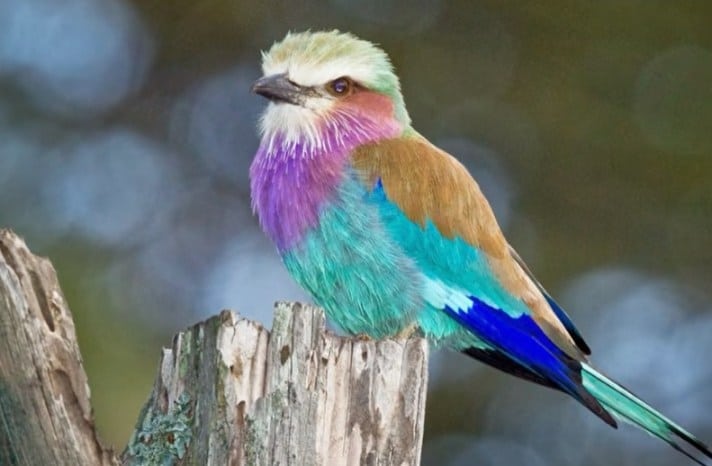
These birds get their names from their flying pattern; which consists of flying while rolling from side to side quite fast.
During courtship, two birds will perform an aerial courtship in the form of aerial stunts, and if successful then they mate in the air.
Their diet mainly consists of small vertebrates such as chameleons, small birds, slow-moving snakes and lizards, and ground-dwelling insects, spiders, snails, scorpions, millipedes and centipedes.
They prefer open savannahs, with scattered bushes and trees as they require high perches to hunt and build nests.
They avoid human settlements unless they are abandoned, though they will be spotted when farmers are clearing farms using fire.
Even though they avoid Human settlements, they are quite fearless and do not fear humans the way other birds do.
In Africa, they can be found throughout Eastern and Southern Africa, up to altitudes of 2000 m above sea level.
Check out my expanded blog post on the Lilac Breasted Roller bird here.
2. European Bee Eater
The European Bee-eater is a richly coloured bird with an unmistakable long beak.
The head has a brown cap, while the forehead is bluish-yellow.
It has a broad black eye band starting at the base of the beak, extending almost to the nape of the neck while enclosing the eye which is a medium red.
The chin is yellow and is separated from the rest of the underparts by a thin black band at the base of the throat.
The underparts from the breast and abdomen to the tail are a green-blue colour.

The upper parts are brown to yellow while the wings and tail feathers are green.
The underwing is a coppery-silver colour with black-tipped trailing edges.
Females are similar to males except for the scapulars and back which are greener, while the throat and breast are a pale green.
They have two elongated tail feathers that are usually present in the breeding season.
Their diet consists of insects, but primarily bees as their name suggest as well as wasps, locusts, dragonflies and hornets, which are caught in the air.
Before consuming insects with stingers, they will repeatedly rub or strike them against a branch to remove the stinger.
Even though one bird may eat up to 250 bees in a day, studies show their impact on the bee workers’ population is small.
You might claim that these birds are not part of the colorful African birds, but they are migratory and will winter in Africa and breed in Europe, and recent populations have begun preferring warm open countryside and are nesting in Namibia and South Africa.
3. Superb Starling
The Superb Starling is one of those colorful African birds whose colors are iridescent and are a result of the feather structure instead of pigments.
They have short tails, narrow bills, strong feet, and robust bodies and they have black heads, iridescent green-blue backs, wings, tails, and breasts.
Separating the blue breast from the red-orange belly is a distinct white bar that is only found in adults and this species of the superb starling.
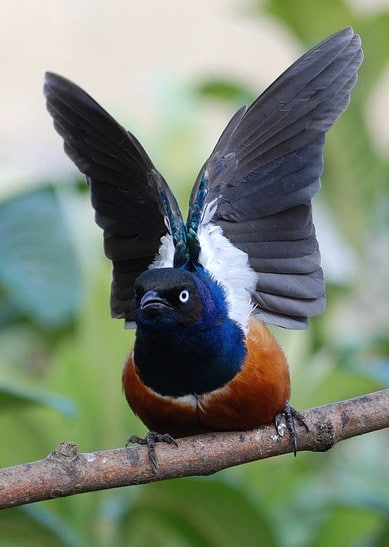
The wing linings and under tail coverts are white and their eyes are white, while those of the juvenile is dark brown.
They are omnivores with their diet consisting of insects, fruits and seeds and will feed primarily on the ground below or near acacia trees.
They live in woody savannahs that have an abundance of acacia trees, cultivated fields, and Lakeshore woodlands at an elevation not exceeding 2650 m (8695 ft) above sea level.
They are well distributed across East Africa in Kenya, Tanzania, Ethiopia, South Sudan and Uganda.
Are you thinking about buying binoculars to have a good look at all the magnificent birds of Africa?
4. Beautiful Sunbird
The Beautiful Sunbird has an array of colours that give credence to its title of Beautiful.
Though, to note is that the female sunbird is less showy, and more inconspicuous than the males particularly during the breeding season to keep them safer from predators.
These birds are quite small, standing at 10 cm (4 in) long, but during the breeding season, the males have an additional 5 cm (2 in) to their overall length from their tails.
The males have a black head, bright shimmering metallic green upper parts, black to dark green belly and a scarlet breast that has a border spot of yellow.
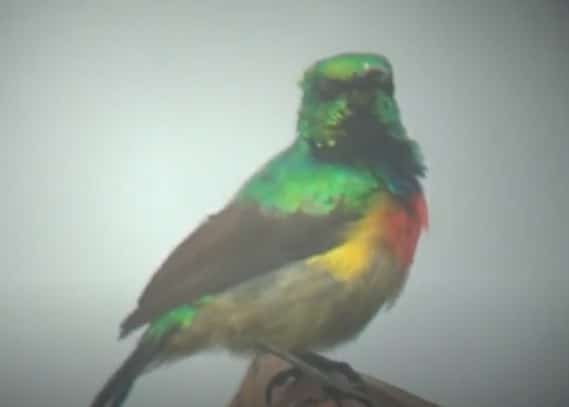
The females are plainer overall with grey-brown upper parts, and white underparts with a scattering of yellow.
Just like their cousins: hummingbirds, sunbirds’ diet is mainly made up of nectar, but will on occasion feed on insects, particularly during the breeding season.
They hover when collecting nectar, but most of the time, they perch to feed.
Habitats include open areas with some trees, gardens, mangroves, beach sides, savannah, and riverside thickets.
They occur across sub-Saharan Africa from the West: Burkina Faso, Chad, Benin, Nigeria, Ghana, Mauritania, Mali, Guinea Bissau, DRC to East Africa: Kenya, Tanzania, and Uganda.
5. Knysna Turaco
Also known as the Knysna Loerie, this is a large Turaco that has beautiful plumage perfectly suited to its habitat making it inconspicuous and hard to spot.
It has a small, thick red-orange beak, two white lines; one under the eye and the other over the eye, brown eyes, deep red eye rings, a tall green head crest with a characteristic white tip, bright blue-green back and tail feathers, and bright crimson primary flight feathers.
Turacos are the only birds in the world to produce true red and green colours that are a result of pigments known as turacoverdin (green), and turacin (red), instead of feather structure.
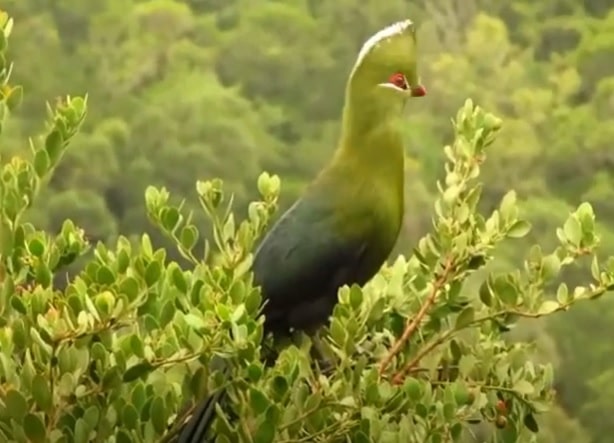
Its diet consists mostly of fruits and will be complemented by insects and earthworms.
The Knysna Turaco can only be found in South Africa and particularly in Knysna along the Garden Route.
It prefers fynbos, riverine and Afromontane forests, as they spend a lot of its time on trees, hopping from branch to branch in search of food.
They are preyed upon by the Black Sparrowhawk and the African Goshawk.
Find out all the in-depth information about this pretty bird called Knysna Turaco in this blog post.
6. Malachite Kingfisher
The Malachite Kingfisher is one of those beautiful colorful African birds that are quite small, standing at just over 13 cm (6.1 in) long.
Although they are abundantly spread across sub-Saharan Africa, they can be hard to find if you don’t know what you are looking for.
On their backs, the feathers are a bright blue, while the chest and belly are red-orange in colour.
The feet and legs are bright red, the bill is red-orange in adults and black in juveniles, and there are white patches on the rear neck and throat.
On its head is a crown of blue, green and black feathers that glisten in the sun and give it its name; malachite.
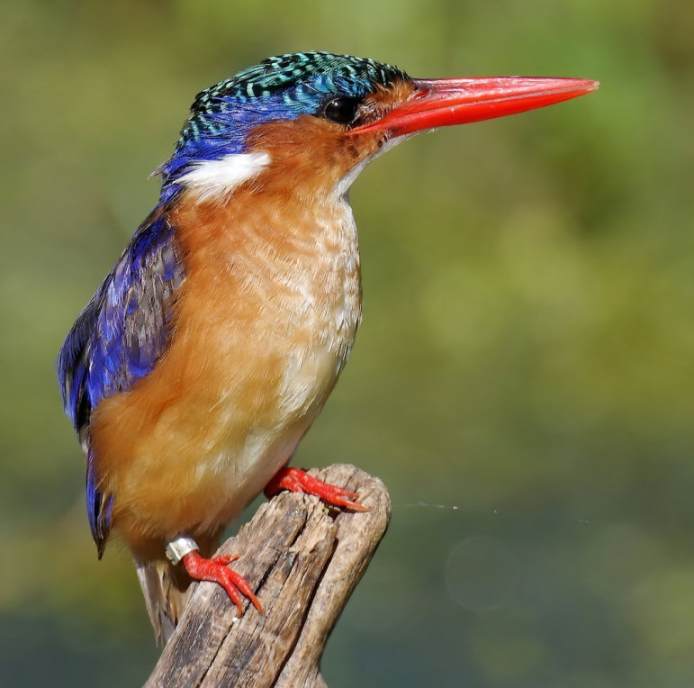
These feisty birds are solitary except during the breeding season and always live close to their source of food: rivers.
They have excellent eyesight and their diet usually consists of fish, lizards, frogs, crabs and insects.
They can be found along slow-moving rivers, streams and ponds and occur throughout sub-Saharan Africa except in extremely arid places.
7. Rosy Faced Lovebird
Also known as the peach-faced, Rosy Faced, Rosy Headed, and Rose Ringed Lovebird, this species of parrot is considered one of the most beautiful lovebird species, is native to Africa, and is well-known among the colorful African birds.
They have distinct pink foreheads, chins, and cheeks, while the upper breasts and throats have a light pink colour.
The upper back and underside are predominantly a soft bright green, while the lower back has bright blue feathers, and the tail feathers are green with blue tips.
The bill is an ivory colour, the feet and legs are grey and the irises brown.
Their diet consists mainly of berries and seeds and they will congregate in large groups if food is plenty.
In times of scarcity, they can be a menace to farmers as they feed on their seed crops such as millet.
Even though both genders look alike, the female is slightly duller than the male.
Its habitats include broad-leafed woodlands, mountainous areas, and semi-desert regions with the presence of reliable water sources.
They are distributed throughout South West Africa in Angola, Namibia and South Africa.
Are you thinking about buying binoculars to have a good look at all the magnificent birds of Africa?
8. Grey Crowned Crane
The Grey Crowned Crane is elegant, graceful and some might even say regal in the way it carries itself, but is also a sight to behold.
This bird has a crown of stiff golden feathers, a red gular sack under the throat, white cheek patches, grey body feathers, and white wing feathers with trailing edges that range from black to brown.
They are quite tall standing at about 1m (3.3 ft.) tall, having a wingspan of 2 m (6.6 ft.), and weighing on average 3.5 kg(7.7 lbs).
They have long, slender legs and large feet adapted to wading through grasses and wet areas.
These birds are monogamous, often breeding for life and during the breeding season, they have one of the most spectacular breeding displays you’ll ever see.

They are omnivores, eating small fish, eggs of aquatic creatures, worms, frogs, insects, grains, seeds, and other plant material.
They can be found in dry savannahs, but wet areas are particularly important during the breeding season.
They don’t migrate far but will move seasonally with changes in the weather.
They are distributed across East Africa and as far South as South Africa and will be found in Uganda, Kenya, Namibia and South Africa.
9. African Fish Eagle
The African Fish Eagle is a majestic bird, a sight to behold, and is the national bird of four African nations.
Most of the body is brown, with white head, breast and tail feathers. The face is yellow, the eyes are dark brown, the beak is yellow, hooked with a black tip, perfect for tearing into prey.
Their talons are powerful, and their feet have rough sole patches that aid in gripping slippery prey such as eels, even though they are opportunistic predators preying on a variety of animals.
Fish are its main source of food, such as tilapia, catfish, and lungfish, but they also prey on small aquatic birds, small mammals and reptiles such as lizards, snakes, Nile monitors, baby crocodiles and turtles, also frogs, insects and carrion.
On occasion, they have been spotted stealing catches from other birds.
They are common near large freshwater bodies such as lakes and rivers, but can also be found at the coast near lagoons and mouths of rivers.
They are well widespread in the region South of the Sahara and will be found in substantial numbers around freshwater bodies such as Lake Victoria, Orange River, the Okavango Delta, lake Malawi, lake Tanganyika and the various small lakes across the Great Rift Valley.
Some Special Mentions.
The number of colorful African birds that are considered beautiful is quite large, and there are families of birds that stand out.
These include birds in the family of Rollers, Starlings, Bee-eaters, Turacos, Sunbirds, Kingfishers and lovebirds.
Many species from these bird families are quite colourful and always exciting to spot in the wild.
Are you thinking about buying binoculars to have a good look at all the magnificent birds of Africa?
Some more FAQs on the most colorful African birds.
Lastly, we want to include the most FAQs on these birds, so let’s go!
Which one is the colorful small bird in South Africa?
That would be bird number 1 on my list, the Lilac Breasted roller!
My Final Conclusion.
Although there are so many more breathtaking pretty birds in Africa, I hope that you enjoyed this blog post on my top 9 colorful African birds.
If you have any more questions about this topic or do you just want to chat with me, then feel free to leave a comment below in the comment section or join me on my social media pages or Facebook group.
I wish you happy travels and birdwatching!
Kind regards,
Lizzy
I now have a YouTube channel as well!
YouTube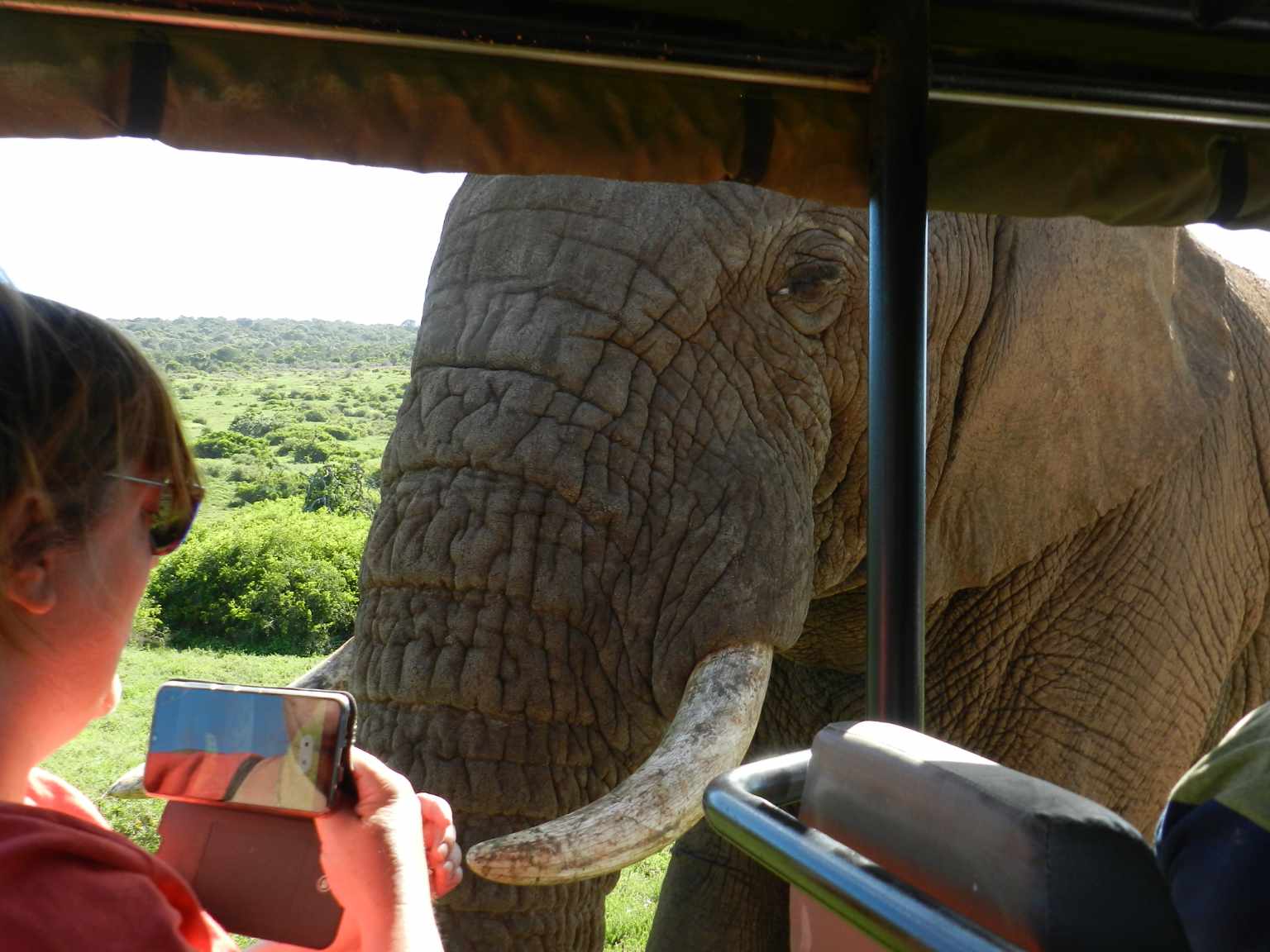
Hello Africa travellers!
Who am I? Well, the least you can say is that I am quite crazy about Africa, its nature, its climate, its culture, and more.
As a young woman in my twenties, I had already traveled to several African countries by traveling along in an overlander on my own and mostly camping ( or glamping ) and just fell in love with the diversity of it all.
So much, so that at the age of 26, I went back to university to study biology, which, unfortunately, I couldn’t finish because of health reasons (yes, I got sick from a tropical disease, oh cynicism). But this did not stop my dream of traveling back to Africa several times, and I still do.
My dream was back then to leave Europe and go study animal behavior, especially the elephants (sure, that’s every girl’s dream haha), but I am also very much intrigued by hyenas and other “ugly African animals“.
So, I “kind of” have a little bit of a scientific approach to my articles, when I write about African birds, for example. And most of all: the passion.
But life goes on, you move from one side of the country to the other, you get sick again and top it off with lower back problems, and before you know it, you are over 50 hahaha!
Now, I still travel to Africa, but take it a bit “easier” than the good old camping days, and stay in comfortable, yet affordable accommodations, together with my husband Wouter.
These are some of the countries I have traveled to: Kenya, Tanzania, Zanzibar, Malawi, Zambia, Zimbabwe, South Africa, Namibia, Botswana, Tunisia, and a little bit of Lesotho LOL .
While clearly not being African territory, but Spanish, I also visited Gran Canaria and Tenerife, and location-wise, I consider them “African”, because of their climate and nature, sue me :-p
The last trip I took was to South Africa in the year 2023, and it sure got the fevers for Africa back! From the Barberton mountains to the Drakensberg and the Southcoast, one month wasn’t enough at all to see the whole country, so we’ll be back! At ease and with a little bit more luxury than in my younger days haha!
I wish you happy travels!
Kind regards
Lizzy

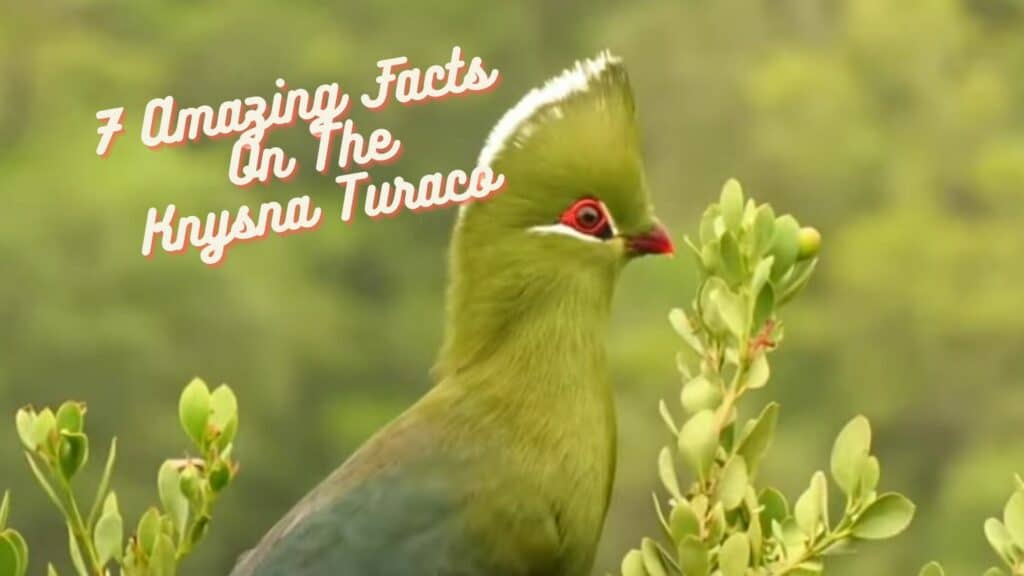

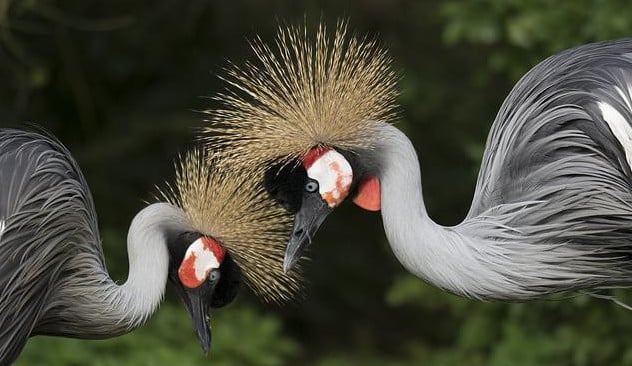

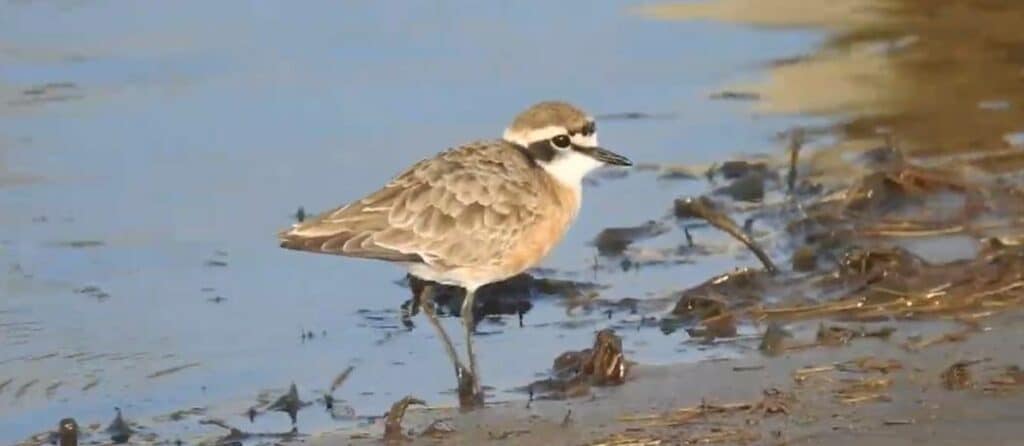

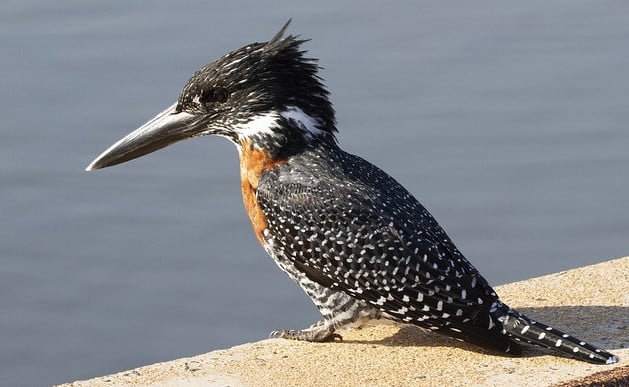

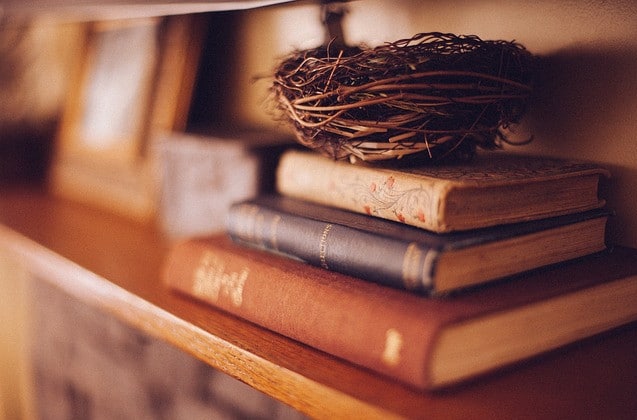
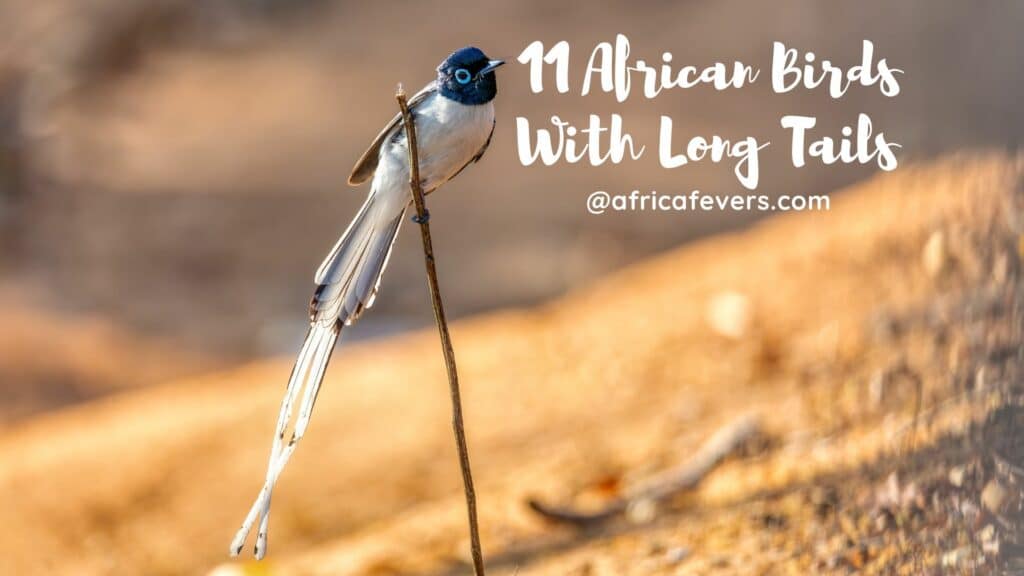
I’m so glad to have found your article on 9 different colorful African birds. It was a pleasure to read and view, as I’m passionate about birdwatching. I love to spend countless hours just watching and observing birds. It’s such a great pastime.
I’m actually hoping to visit Africa sometime in the near future, and birding is definitely on my list of things to do there. So I really appreciated learning about the species you’ve chosen to write about which I was not aware of. The ones you’ve chosen for this article are absolutely gorgeous! I just can’t believe all the beautiful colors of the Lilac Breasted Roller.
I live in Canada and we don’t have the variety of super colorful birds that you do in Africa, so this was a feast for my birding eyes. I also really enjoyed learning about why birds are so colorful. Thanks for sharing all these beautiful birds!
Hello Lee!
You are very welcome and I hope that you will visit Africa one day and see al the colorful birds, enjoy!
I wish you happy travels!
Kind regards,
Lizzy
I enjoy watching both yard birds and forest birds in California. None of the birds are a beautifully colorfully as these you have shown. The reds and blues are amazing. The color combinations are much brighter than anything we see in our area. I was fascinated to read about how and why the colors have formed on the birds. I did not know about the various nutrients that go into the development. You are fortunate to have such beauty and variety. Thanks for sharing.
Hi Anastazja!
Oh yes for sure, Africa is really blessed with the most pretty birds, isn’t it?
I’m very happy that I could teach you something about the colors of birds and how they get them 😉
I wish you happy travels!
Kind regards,
Lizzy
I absolutely loved reading about these 9 colorful African birds! The vibrant plumage and unique features of each bird are truly stunning. It’s incredible to see how nature has crafted such diverse and beautiful creatures. The photos accompanying each bird’s description really brought them to life and made me appreciate their beauty even more. Thank you for sharing these amazing birds with us, and for highlighting the importance of preserving and protecting these magnificent creatures.
hi Tony!
Thank you for your positive comment and I hope you will enjoy the beauty of these colorful birds!
Kind regards,
Lizzy